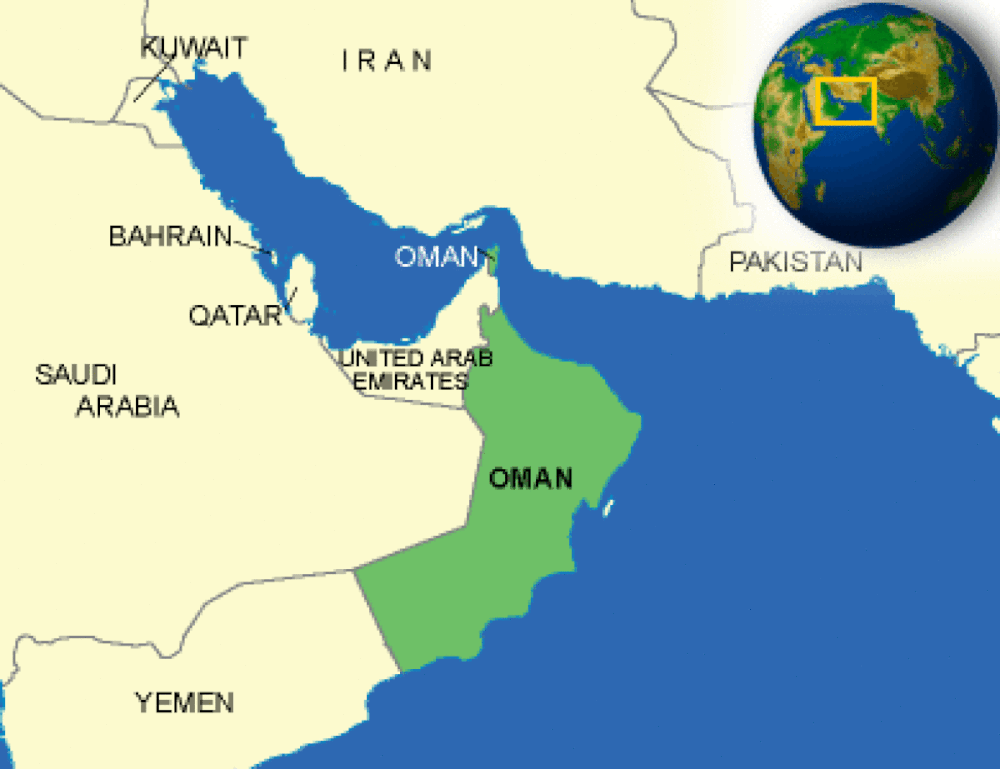About 10 years ago, I took a wonderful photography workshop and one of the instructors was the former photo editor of National Geographic. One afternoon I cornered him and asked what the secret was to making great photographs. Without missing a beat as if he’d answered the question like a million times, he said, “get in front of more interesting stuff.”

Last week I was lucky to end up in a place that I have wanted to go for many years. It’s an area of the south of France called the Camargue. It’s just to the southwest of Provence, right on the Mediterranean Sea. And what is there is something that I have wanted to photograph for a very long time: white horses that run wild. While my wife was busy looking at white dresses for our daughter’s upcoming marriage, I was out in the Camargue looking for white horses.



 But untouched are two of Oman’s great desert areas: Wahiba Sands and Rub Al Khali (The Empty Quarter). I spent about 40 hours in each, shooting a total of four sunrises and four sunsets.
But untouched are two of Oman’s great desert areas: Wahiba Sands and Rub Al Khali (The Empty Quarter). I spent about 40 hours in each, shooting a total of four sunrises and four sunsets. 